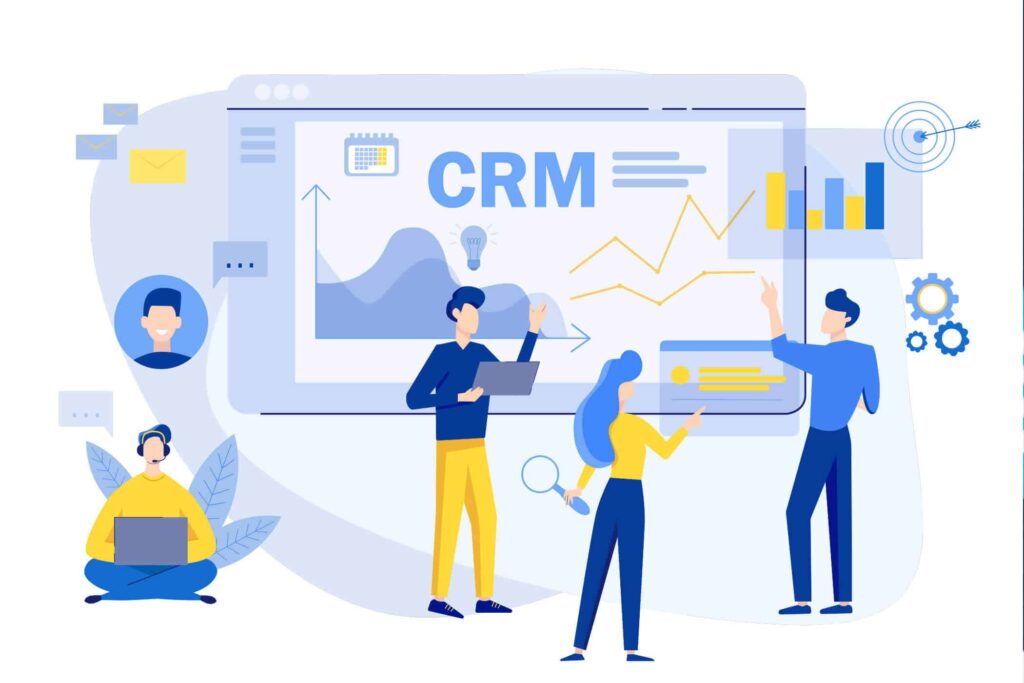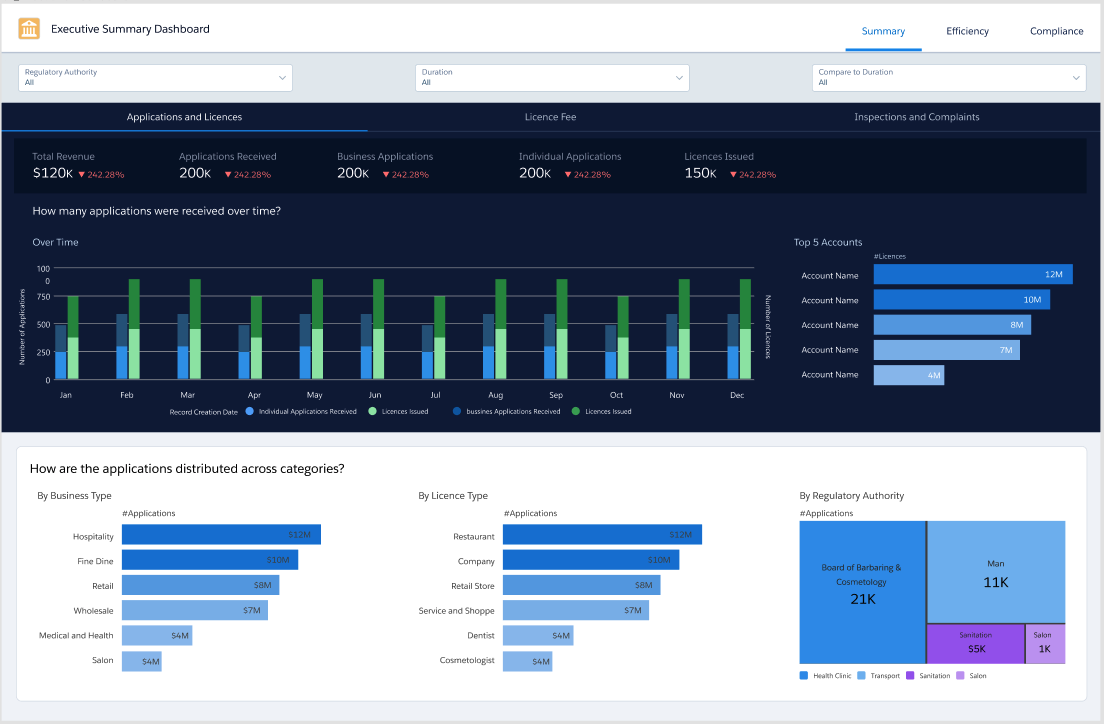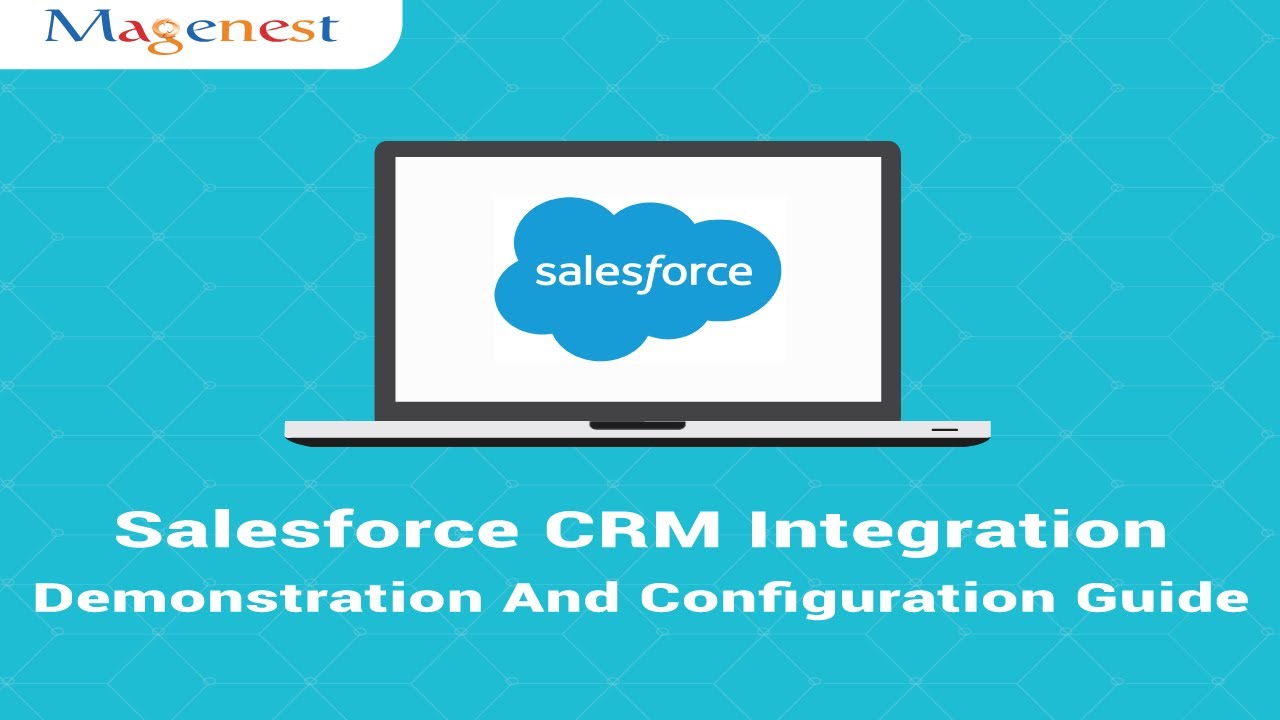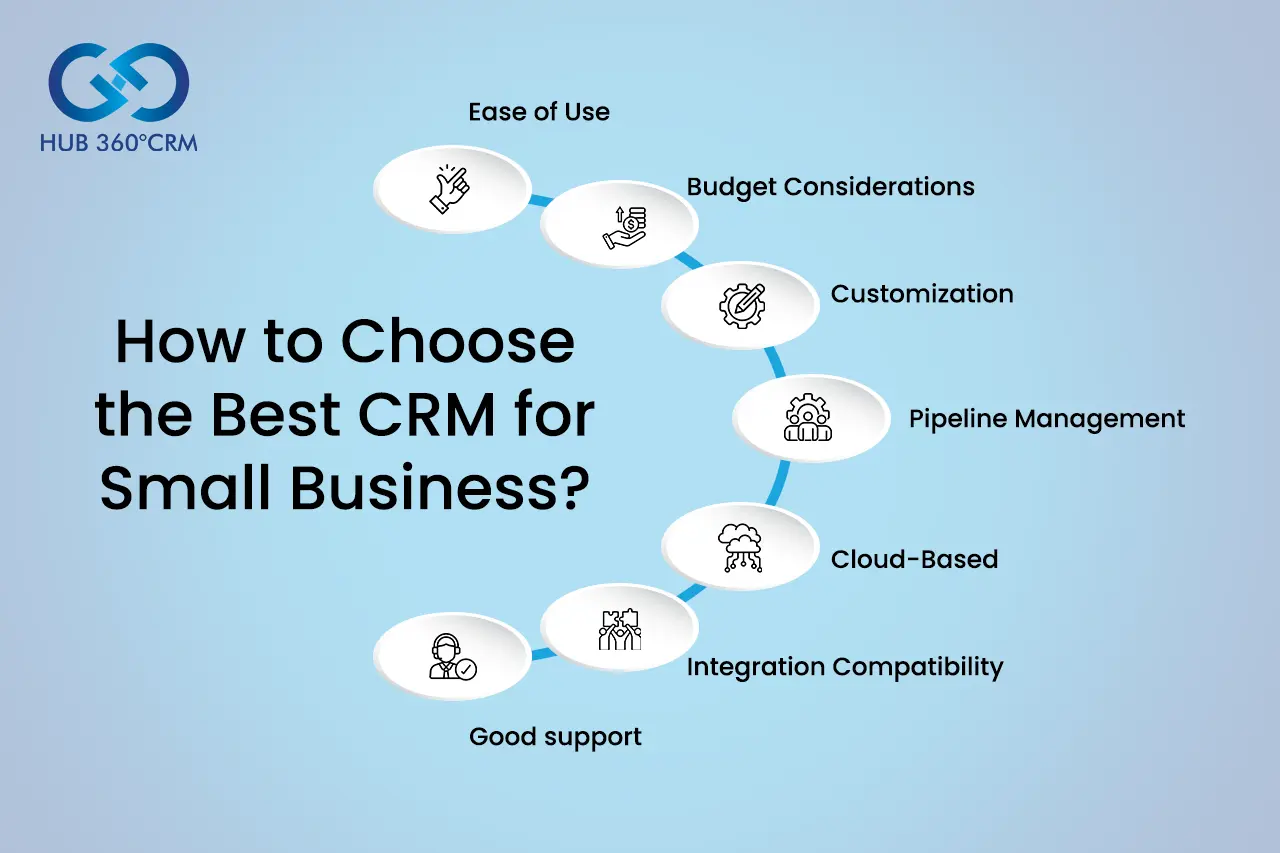
Introduction: The Power of Optimized CRM Marketing
In today’s hyper-competitive business landscape, simply having a Customer Relationship Management (CRM) system isn’t enough. You need to harness its full potential. That’s where CRM marketing optimization comes in. It’s about fine-tuning your CRM strategy, processes, and data to maximize customer engagement, drive conversions, and boost your bottom line. This guide will delve deep into the world of CRM marketing optimization, providing you with actionable insights and strategies to transform your CRM from a data repository into a powerful engine for growth.
Think of your CRM as the central nervous system of your marketing efforts. It’s where you store all your customer data, track interactions, and orchestrate campaigns. But without optimization, you’re essentially leaving money on the table. You’re missing opportunities to personalize your messaging, deliver relevant content, and build stronger customer relationships. This comprehensive guide will equip you with the knowledge and tools to avoid that.
Understanding the Core Concepts of CRM Marketing Optimization
Before we dive into specific strategies, let’s lay the groundwork. CRM marketing optimization is a multifaceted process that involves several key concepts:
- Data Quality and Management: At the heart of any successful CRM strategy is clean, accurate, and up-to-date customer data. This includes everything from basic contact information to purchase history, website behavior, and interactions with your customer service team.
- Segmentation: Dividing your customer base into distinct groups based on shared characteristics (e.g., demographics, purchase behavior, interests). This allows you to tailor your marketing messages and offers to specific segments, increasing their relevance and effectiveness.
- Personalization: Delivering customized experiences to individual customers or segments. This can range from using a customer’s name in an email to recommending products based on their past purchases.
- Automation: Automating repetitive tasks, such as email marketing, lead nurturing, and sales follow-ups, to free up your team’s time and improve efficiency.
- Analytics and Reporting: Tracking key metrics, such as conversion rates, customer lifetime value, and return on investment (ROI), to measure the effectiveness of your CRM marketing efforts and identify areas for improvement.
By mastering these core concepts, you’ll be well on your way to optimizing your CRM marketing and achieving significant results.
Step-by-Step Guide to Optimizing Your CRM Marketing Strategy
Now, let’s get practical. Here’s a step-by-step guide to optimizing your CRM marketing strategy:
Step 1: Assess Your Current CRM Setup
Before you can optimize, you need to understand where you stand. Conduct a thorough assessment of your current CRM setup. Ask yourself the following questions:
- What CRM system are you using? Is it the right fit for your business needs? Does it have the features and integrations you require?
- How is your data quality? Is your data clean, accurate, and complete? Are there any duplicates or inconsistencies?
- How are you using your CRM? Are you leveraging all its features? Are you tracking the right metrics?
- What are your current marketing processes? Are they streamlined and efficient? Are they integrated with your CRM?
- What are your goals and objectives? What are you hoping to achieve with your CRM marketing efforts?
This assessment will provide a baseline for your optimization efforts. It will help you identify areas where you can improve and prioritize your actions.
Step 2: Clean and Organize Your Data
As mentioned earlier, data quality is paramount. Dedicate time and resources to cleaning and organizing your customer data. This involves:
- Data deduplication: Remove duplicate records to avoid sending multiple emails to the same customer.
- Data standardization: Ensure consistent formatting for phone numbers, addresses, and other data fields.
- Data enrichment: Add missing information to your customer profiles, such as job titles, industry, and social media profiles.
- Data validation: Verify the accuracy of your data using tools and processes.
- Data governance: Establish clear guidelines and procedures for data entry and management to maintain data quality over time.
Investing in data quality will pay off handsomely in the long run. It will improve the accuracy of your targeting, personalization, and reporting.
Step 3: Segment Your Audience
Segmentation is the key to delivering relevant and personalized marketing messages. Identify different customer segments based on various criteria:
- Demographics: Age, gender, location, income, etc.
- Psychographics: Interests, values, lifestyle, personality.
- Behavior: Purchase history, website activity, email engagement, social media interactions.
- Customer lifetime value (CLTV): High-value customers vs. low-value customers.
- Lead source: Where your leads came from (e.g., website, social media, referrals).
Once you’ve identified your segments, create targeted campaigns that address their specific needs and interests. For instance, you might send a special offer to customers who haven’t made a purchase in the last six months, or you might create a dedicated email series for new leads based on their lead source.
Step 4: Personalize Your Messaging
Personalization goes hand in hand with segmentation. Use the data you have to tailor your messaging to individual customers or segments. Here are some ways to personalize your marketing efforts:
- Use the customer’s name in emails and other communications.
- Recommend products or services based on their past purchases or browsing history.
- Create dynamic content that changes based on the customer’s segment.
- Send personalized offers and promotions.
- Tailor your website content to individual customers.
Personalization makes your customers feel valued and understood, leading to increased engagement and conversions.
Step 5: Automate Your Processes
Automation can save you time and improve efficiency. Identify repetitive tasks that can be automated, such as:
- Email marketing: Set up automated email sequences for lead nurturing, onboarding, and customer retention.
- Lead scoring: Automatically score leads based on their behavior and demographics.
- Sales follow-ups: Automate follow-up emails and tasks for your sales team.
- Customer service: Use chatbots to answer common questions and resolve issues.
- Workflow automation: Automate processes such as data entry, task assignment, and approval workflows.
Automation frees up your team to focus on more strategic activities, such as building relationships and closing deals.
Step 6: Integrate Your CRM with Other Tools
Integrate your CRM with other tools to streamline your marketing and sales efforts. This includes:
- Email marketing platforms: Integrate your CRM with your email marketing platform to sync customer data and automate email campaigns.
- Social media platforms: Integrate your CRM with your social media platforms to track social media interactions and manage social media marketing campaigns.
- Website analytics platforms: Integrate your CRM with your website analytics platform to track website activity and personalize website content.
- E-commerce platforms: Integrate your CRM with your e-commerce platform to track purchase history and personalize product recommendations.
Integrations can improve data flow, eliminate manual tasks, and provide a more holistic view of your customers.
Step 7: Track and Analyze Your Results
Track key metrics to measure the effectiveness of your CRM marketing efforts. This includes:
- Conversion rates: Track the percentage of leads that convert into customers.
- Customer lifetime value (CLTV): Measure the total revenue generated by a customer over their relationship with your business.
- Return on investment (ROI): Calculate the ROI of your CRM marketing campaigns.
- Email open rates and click-through rates: Track the performance of your email campaigns.
- Website traffic and engagement: Track website traffic, bounce rates, and time on page.
Use analytics tools to analyze your data and identify areas for improvement. Make data-driven decisions to optimize your campaigns and processes.
Step 8: Continuously Test and Optimize
CRM marketing optimization is an ongoing process. Continuously test and optimize your campaigns and processes. This includes:
- A/B testing: Test different versions of your emails, landing pages, and other marketing materials to see which ones perform best.
- User feedback: Gather feedback from your customers to understand their needs and preferences.
- Industry trends: Stay up-to-date on the latest CRM marketing trends and best practices.
- Regularly review and update your CRM strategy.
By continuously testing and optimizing, you can ensure that your CRM marketing efforts are always delivering the best possible results.
Advanced Strategies for CRM Marketing Optimization
Once you’ve mastered the basics, you can explore advanced strategies to further optimize your CRM marketing efforts:
Predictive Analytics
Leverage predictive analytics to forecast customer behavior and personalize your marketing accordingly. This can include predicting which customers are likely to churn, which products they are likely to buy, and what their future lifetime value will be. This allows for proactive intervention and tailored offers.
AI-Powered Chatbots
Implement AI-powered chatbots to provide instant customer support, answer common questions, and qualify leads. Chatbots can also collect valuable customer data and route leads to the appropriate sales representatives.
Hyper-Personalization
Go beyond basic personalization and deliver highly customized experiences to individual customers. This can involve tailoring content, offers, and website experiences based on their past behavior, preferences, and real-time context.
Customer Journey Mapping
Map out the customer journey to understand how customers interact with your business at each stage. This allows you to identify pain points and optimize your marketing efforts to improve the customer experience and drive conversions.
Loyalty Programs
Implement loyalty programs to reward repeat customers and encourage them to make more purchases. Loyalty programs can also provide valuable customer data and insights.
Choosing the Right CRM System
Selecting the right CRM system is crucial for successful CRM marketing optimization. Consider the following factors when choosing a CRM system:
- Features: Does the CRM system offer the features you need, such as contact management, sales automation, marketing automation, and reporting?
- Integrations: Does the CRM system integrate with your existing tools, such as email marketing platforms, social media platforms, and e-commerce platforms?
- Scalability: Can the CRM system scale to meet your future business needs?
- Ease of use: Is the CRM system easy to use and navigate?
- Pricing: Is the CRM system affordable and within your budget?
- Customer support: Does the CRM system offer adequate customer support?
Some popular CRM systems include Salesforce, HubSpot, Zoho CRM, and Microsoft Dynamics 365. Research different CRM systems and choose the one that best fits your business needs.
Measuring the ROI of CRM Marketing Optimization
To demonstrate the value of your CRM marketing optimization efforts, it’s essential to measure your ROI. Here are some key metrics to track:
- Customer Acquisition Cost (CAC): The cost of acquiring a new customer.
- Customer Lifetime Value (CLTV): The total revenue generated by a customer over their relationship with your business.
- Conversion Rates: The percentage of leads that convert into customers.
- Sales Revenue: The total revenue generated from sales.
- Marketing ROI: The return on investment of your marketing campaigns.
By tracking these metrics, you can demonstrate the positive impact of your CRM marketing optimization efforts and justify your investment in CRM technology and marketing resources.
Common Pitfalls to Avoid in CRM Marketing Optimization
While CRM marketing optimization offers significant benefits, there are also some common pitfalls to avoid:
- Poor Data Quality: As mentioned before, poor data quality can undermine your efforts. Ensure your data is clean, accurate, and up-to-date.
- Lack of Segmentation: Failing to segment your audience will result in generic, irrelevant messaging.
- Ignoring Customer Feedback: Don’t ignore customer feedback. Use it to improve your products, services, and marketing efforts.
- Over-Automation: While automation is helpful, don’t over-automate. Balance automation with human interaction to build genuine customer relationships.
- Lack of Integration: Without proper integration, your CRM system may not be as effective. Integrate your CRM with other tools to streamline your marketing and sales efforts.
- Not Tracking the Right Metrics: Ensure you are tracking the key metrics that are relevant to your business goals.
- Failing to Adapt: The CRM marketing landscape is constantly evolving. Stay up-to-date on the latest trends and best practices.
By avoiding these pitfalls, you can increase your chances of success with CRM marketing optimization.
The Future of CRM Marketing Optimization
The future of CRM marketing optimization is bright, with exciting developments on the horizon:
- Artificial Intelligence (AI): AI will play an increasingly important role in CRM marketing, enabling more personalized experiences, predictive analytics, and automated decision-making.
- Machine Learning (ML): ML will be used to analyze vast amounts of customer data and identify patterns and insights that humans might miss.
- Voice Search: Voice search will become increasingly important, requiring businesses to optimize their content and CRM strategies for voice interactions.
- Personalization at Scale: Businesses will be able to deliver highly personalized experiences to customers at scale, thanks to advancements in data analytics and automation.
- Focus on Customer Experience: Customer experience will become even more important, with businesses focusing on building strong customer relationships and providing seamless experiences across all touchpoints.
Embracing these trends will be crucial for businesses that want to stay ahead of the curve and achieve sustained growth.
Conclusion: Embrace the Power of CRM Marketing Optimization
CRM marketing optimization is not just a trend; it’s a necessity for businesses that want to thrive in today’s competitive market. By implementing the strategies outlined in this guide, you can transform your CRM from a data repository into a powerful engine for growth. Focus on data quality, segmentation, personalization, automation, and analytics. Continuously test and optimize your efforts, and stay up-to-date on the latest trends. By embracing the power of CRM marketing optimization, you can build stronger customer relationships, drive conversions, and achieve sustainable success.
Remember, the journey of CRM marketing optimization is ongoing. It requires continuous effort, adaptation, and a commitment to putting your customers first. But the rewards – increased customer loyalty, higher revenue, and a stronger brand – are well worth the investment.


